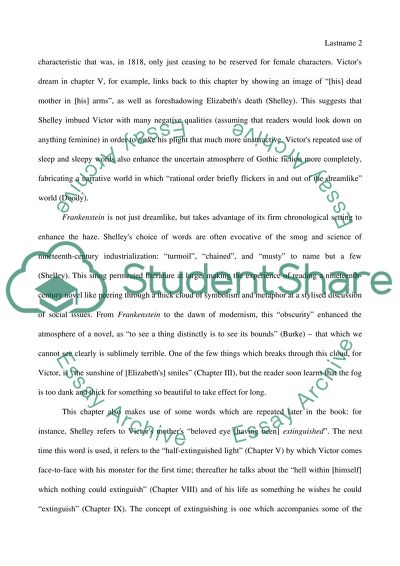Cite this document
(“Mary Shelley's Frankenstein: A Close Reading Essay”, n.d.)
Retrieved de https://studentshare.org/literature/1438347-mary-shelleys-frankenstein-a-close-reading
Retrieved de https://studentshare.org/literature/1438347-mary-shelleys-frankenstein-a-close-reading
(Mary Shelley'S Frankenstein: A Close Reading Essay)
https://studentshare.org/literature/1438347-mary-shelleys-frankenstein-a-close-reading.
https://studentshare.org/literature/1438347-mary-shelleys-frankenstein-a-close-reading.
“Mary Shelley'S Frankenstein: A Close Reading Essay”, n.d. https://studentshare.org/literature/1438347-mary-shelleys-frankenstein-a-close-reading.


